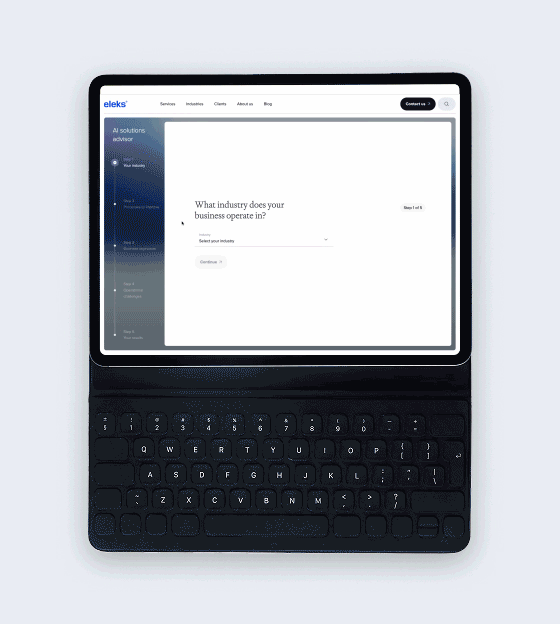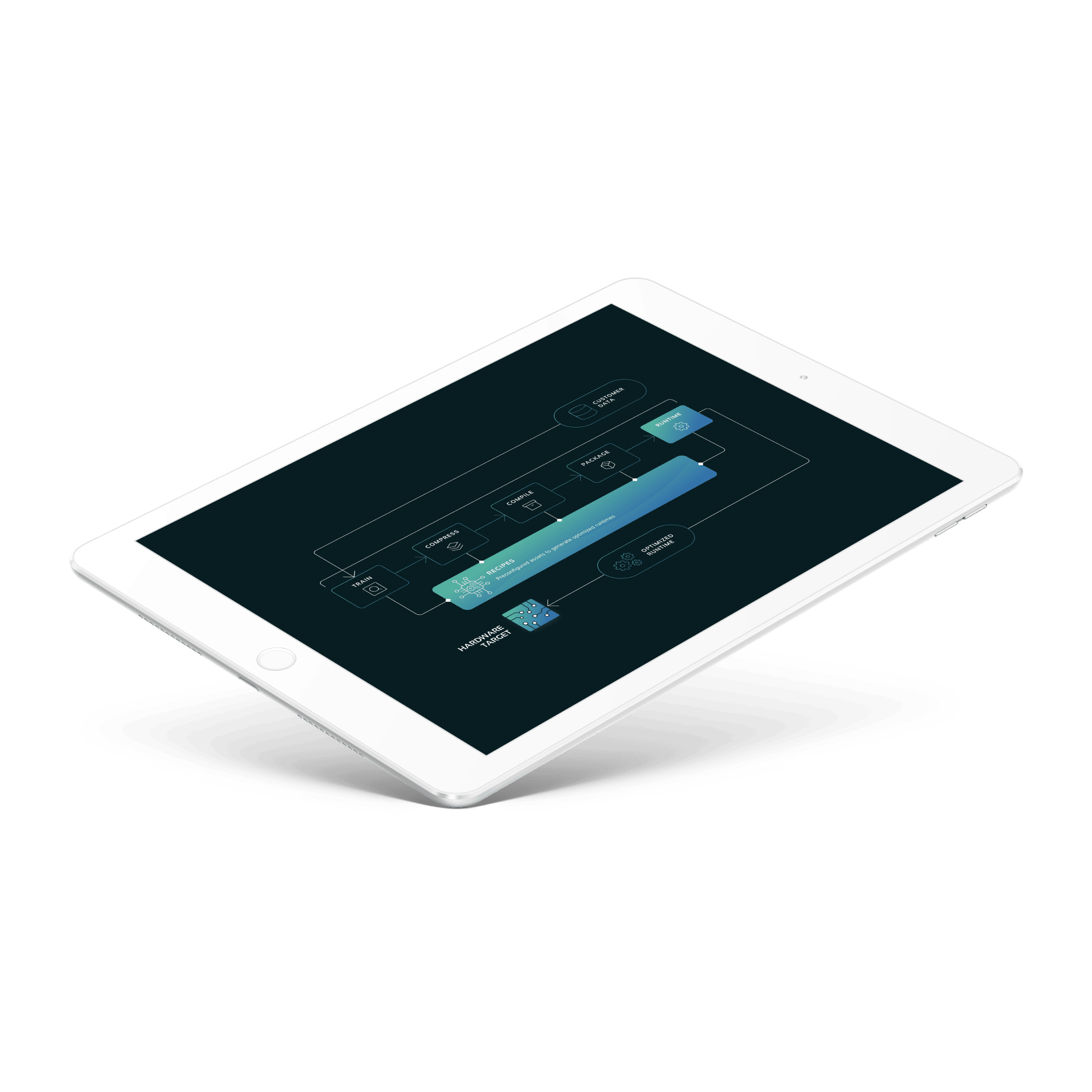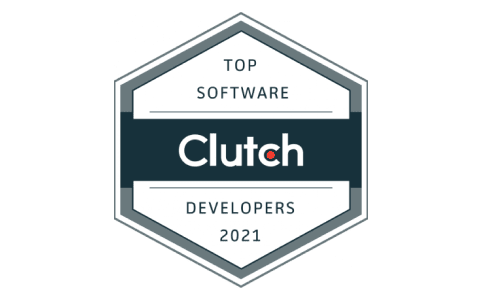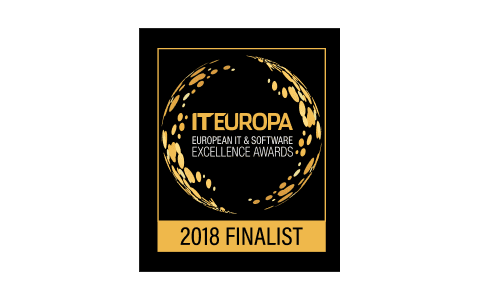
Generative AI Software Development
What you get with ELEKS' generative AI software development
ELEKS' generative AI software development services enable businesses to optimize complex creative processes through advanced AI techniques. With decades of data science experience and strong domain expertise, we deliver generative AI solutions tailored to diverse needs, including adaptive design, content and image generation and rapid prototyping, allowing you to significantly enhance creative workflows and productivity.
Our generative AI solutions offer powerful benefits across various sectors, from e-commerce to media. allowing companies to analyse customer behaviour, generate customized product recommendations, and create engaging, interactive user experiences. By employing generative AI, you can tailor interfaces and interactions to individual preferences, improving customer engagement and driving sales.
ELEKS offers custom сonversational AI solutions like intelligent chatbots and virtual assistants powered by NLP. These solutions simplify the collection and analysis of data, enabling you to streamline your customer services. So you can focus your human resources on more complex tasks while optimising business operations and reducing overheads.
With NLG software solutions, you can automatically generate coherent, contextually relevant written content based on predefined rules. Our AI developers will create custom NLG solutions suited to your unique needs. Whether it's creating reports, summaries, or personalised communication, you'll craft natural-sounding messages with ease.
From intelligent assistants and smart devices capable of interacting with users through spoken responses to smart navigation systems and voice-enabled interfaces, speech synthesis has powerful applications in various fields and industries. With our artificial intelligence software development services, you can add the innovative features of text-to-speech AI to your products and gain a competitive advantage.
AI solutions based on diffusion or autoregressive models, also called ‘text-to-image generative models’, are powerful tools for converting textual descriptions into visual representations such as images, artwork or designs. With this, you can create personalised visual content, prototype products and streamline your creative processes. A wealth of industries, including retail and e-commerce, advertising and fashion can use generative AI models for automated image generation to enhance concept visualisation, product design and prototyping.
Customer feedback

The value of generative
AI for your business
Custom generative AI solutions can streamline even the most intricate creative processes, allowing designers and engineers to identify optimal solutions faster and more effectively than traditional methods. The potential use cases of generative AI for designers are diverse, from parametric design optimisation and adaptive design to content and image generation, rapid prototyping, conceptualisation and help with complex systems integration.
Generative AI systems, powered by machine learning and advanced Natural Language Processing (NLP) models, can revolutionise content creation, localisation and personalisation, including multimedia content like realistic images, videos, sounds and interactive elements. Generative models can transform all kinds of sectors, from e-commerce to media and entertainment, marketing and more, helping businesses analyse customer behaviour, create dynamic, customised product recommendations, generate code or text, run adaptive email marketing campaigns and facilitate A/B testing.
Businesses can use generative AI to create custom interfaces and innovative, interactive user experiences tailored to individual preferences, behaviours and needs. For example, chatbots and intelligent assistants can use AI models for speech generation to engage with customers using natural language, providing personalised responses, recommendations and support by analysing historical interactions and individual preferences.
Industry-specific use cases
for generative AI
Generative AI in healthcare
-
Synthetic data generation
Generating realistic electronic medical records (EMRs)/medical health records (MHRs) for further medical simulations or personnel training without privacy concerns.
-
Information retrieval and report generation
Processing vast amounts of information to extract meaningful or most essential parts. This help with healthcare automation, significantly decreases manual work for better and faster decision-making or monitoring and allows the automatic generation of medical reports.
-
AI assistants
Creating LLM-driven AI chatbot assistants for various fields, from patient-doctor collaboration to internal process helpers, to improve patient engagement and early/fast 24/7 assessments, reduce the administrative burden, and improve planning.
-
Data quality improvement and cleansing
Improving data quality with signal enhancement (in noisy images/scans), removing noisy elements, or generating super-resolution objects for more precise decision-making and explanation.
-
Drug and protein discovery
Generating compounds or codon sequences for preclinical research (lab-in-the-loop) based on known elasticity, environment, and targets, focused on cost optimisation and broader variety coverage.
-
In silico environment generation
Speeding up the research process and providing safer testing possibilities by generating combinations of factors and exciters for further simulations, considering need, distributions, and value areas.
Generative AI in retail
-
Conjoint analysis for omnichannel promotion
Optimising goods/service features by generating promotional marketing descriptions and compelling designs based on current trends to increase consumer utility, competitive advantage, and average basket size.
-
Consumer clusters description and digital twins
Enhancing customer segment features and controls for further simulations and more precise campaigns that increase overall customer engagement and SKU turnover.
-
Marketing campaign support
AI in marketing can help generate messages for efficient ads and accelerate the promotional cycle for increased conversion rates and brand awareness.
-
AI-driven personal chatbots
Providing secure and tailored communications, helping customers make better choices by offering best-fit goods and services. These recommendations can be further improved according to collected conversations, resulting in increased customer loyalty.
-
LLM-based orchestrator for back-office activities
Building a chain of LLM-based agents that automates internal processes from ordering and communication to hiring processes, which significantly decreases operating costs.
Generative AI in finance
-
Automated consolidation and reconciliation
Matching data based on the semantic understanding of statements, reports, and receivables/payables structure and comparing consolidation with reported data. This helps finance automation, allowing you to speed up operations and streamline credit decision-making while minimising human errors.
-
Personalised financial advisors based on Gen AI models
Facilitating customer communication for better engagement and up/cross-selling possibilities while taking into account historical information and recent trends.
-
Compliance process automation and regulatory reporting
Automated Gen AI module that understands current policies and regulatory updates, with the possibility of creating reports. The result is a reduced risk of non-compliance and corresponding penalties.
-
LLM-based portfolio extension
Monitoring and evaluating markets with an LLM-based agent, which recommends where to invest and helps to achieve higher ESG scores and profitability, identifying new possibilities and innovative niches, like green finance.
-
Macro insights gathering and LLM-based market agents
Built on top of an analytical system, LLM-based agents can gather additional market data and expert opinions to generate advanced market overviews and recommendations, helping financial institutions improve their tactical and strategic vision.
Generative AI in media and entertainment
-
Text generation, content recommendations, and personalisation
Improving media and content generation based on the most popular topics or even terms, taking into account the user's preferences and promotion plans.
-
Automated video editing with generative AI models
Reducing post-production time, based on multimodal (text2image, text2video) generative models, with lower skill barriers and the possibility to easily repurpose raw materials.
-
AI-generated creative content
Realistic computer-generated imagery (CGI), text, sound, video, and AI-generated art enable fast prototyping and decrease time-to-market for new products, especially in marketing, gaming, etc.
-
Closed captioning and subtitling with NLP
Increasing localisation efficiency, with natural language processing (NLP) tools that understand contextual grammar, idioms, phrasemes, and other language richness techniques.
-
Personalised advertising and dynamic materials
Using SOTA LLMs for dynamic changes in the marketing/website/app appearance, including built-in ads generation, which results in higher CTR and improvement of other essential metrics.
Generative AI in insurance
-
Generative models for automated claims processing
Reducing processing time and operational costs with automated information retrieval and accident assessment reports, automated information routing, and managers' assignments.
-
Automated underwriting
Instruct-based LLMs for insured object forms and data analysis, mapping inputs with policies to prevent risk exposure and decrease human errors (fraud) in risk evaluation.
-
Personalised insurance products
Building an LLM-based recommender system with the functionality of mixing the possibilities and limitations from the underwriting policies with the recognised consumption and need patterns to improve customer retention.
-
Machine learning-based automated quote generation
Uncovering risk patterns from the insured features and adjusting premiums dynamically, based on customer conversation, and considering traditional risk parameters.
-
Customer service AI chatbots
Improving customer engagement in product selling and claims management (reporting) processes, using secure and verified adapters on top of foundational LLMs to reduce customer service costs by providing 24/7 support.
Generative AI in logistics
-
Inventory management
Building conversational interfaces on top of existing ERP data, DWHs, dashboards, and predictive analytics modules for faster decision-making and effective weak signal management.
-
Automating warehouse operations
A WMS (warehouse management system) that accommodates information from multiple sources and facilitates process control, providing suggested actions for employees in real time. This tool won't require specific skills and can include a natural language interface (custom LLM) to provide additional automation and decrease human error.
-
Efficient document processing
Retrieving and summarising information from various customs forms, shipment documents, invoices and other unstructured documents to speed up operations and reduce manual work.
-
Ordering and customer support assistance
Based on the capacity planning system, automatically generating communication templates, emails, orders, and reports, while assisting customer support with shipment details. AI chatbots can decrease operating costs and response latency.
-
Supply chain risks and opportunities measurement
Automatically monitoring public data concerning weather, prices, trends, and contractors' features as well as analysing new competitors to suggest fast and efficient decisions or strategy adjustments.
Generative AI in manufacturing
-
Generative design for product prototyping
Automatically generate alternatives for design, including materials or printing recommendations, that help to shorten the design cycle, including innovations for product lifespan and reliability improvements.
-
Automating processes and resource optimisation
Using a configured chain of LLM-based agents to connect different operations (from communication to ordering or planning) and facilitate responses and decision-making to optimise operational cycles, prevent mistakes, and increase internal efficiency.
-
Synthetic dataset generation
Extending existing datasets with AI-generated samples, generating artificial environments or combining any factors (elasticity-based), for faster in silico simulations, testing and further ML model training.
-
AI virtual reality process enrichment
Generating appearances or dynamic UI for seamless remote manipulations or virtual workforce training, allowing you to reduce human mistakes, introduce automation, and improve knowledge retention.
-
Materials and details generation (CAD)
Enriching existing prototype datasets with AI-generated objects and meshes based on existing requirements to reduce the time for modelling and prototyping and ensure 3D object compliance and standardisation.
Generative AI in automotive
-
Generative design for interior components using AI algorithms
Automatically generate multiple interior design concepts based on proposed sketches, brand strategies and ergonomic/utility principles to reduce design time and propose innovative, creative solutions.
-
Synthetic data generation for autonomous vehicle training
Creating realistic and diverse data and scenarios to train and test autonomous driving models, improving model robustness and safety, and reducing real-world testing efforts.
-
Suppliers search and verification for automotive manufacturing purposes
Using LLM-based agents for automated contractors' information search, filtering and ranking based on usefulness and predefined conditions. This allows businesses to facilitate negotiations and RFQ preparation to reach higher internal efficiency.
Generative AI in oil, gas, and mining
-
Reservoir modelling and simulations using generative models
Speeding up design and prototyping, considering exogenous risks (seismic, human mistakes) and cost efficiency (location, size, i/o, etc.) with modern multimodal approaches.
-
Procurement with LLM-based agents
Automating the procurement process, including negotiations and invoicing, with SOTA-secured LLMs to speed up operational activities and decrease idle time and delays due to human mistakes.
-
Automated safety and risk assessment
Utilising fine-tuned LLMs for incident scenario generation, safety procedures, and responses to automate and enhance HAZOP studies.
-
Environmental impact assessment for oil and gas operations
Generating different reports based on analytical modules and regulatory sources to reduce SME involvement and enhance public relations.
How we deliver generative AI solutions
-
Discovery
We allocate a team of generative artificial intelligence and machine learning experts to conduct discovery sessions in which they analyse your existing training data and delve deep into your organisational ecosystem. In doing so, we’re able to uncover the challenges and opportunities unique to your business so that we can determine where AI tools can deliver the most value.
-
Generative AI solution design
This stage of the generative AI model development process involves crafting a comprehensive project roadmap. We provide a detailed plan involving solution architecture design and a strategy for building and integrating a generative AI model within your infrastructure.
-
Development and deployment
Our expert team will develop and deploy a generative AI model tailored to the exact requirements created during the discovery and solution design phases. We’ll ensure the generative AI system seamlessly integrates into your existing infrastructure, providing complete convergence with your operational framework.

Generative AI development success stories









The breadth of knowledge and understanding that ELEKS has within its walls allows us to leverage that expertise to make superior deliverables for our customers. When you work with ELEKS, you are working with the top 1% of the aptitude and engineering excellence of the whole country.

Right from the start, we really liked ELEKS’ commitment and engagement. They came to us with their best people to try to understand our context, our business idea, and developed the first prototype with us. They were very professional and very customer oriented. I think, without ELEKS it probably would not have been possible to have such a successful product in such a short period of time.

ELEKS has been involved in the development of a number of our consumer-facing websites and mobile applications that allow our customers to easily track their shipments, get the information they need as well as stay in touch with us. We’ve appreciated the level of ELEKS’ expertise, responsiveness and attention to details.




